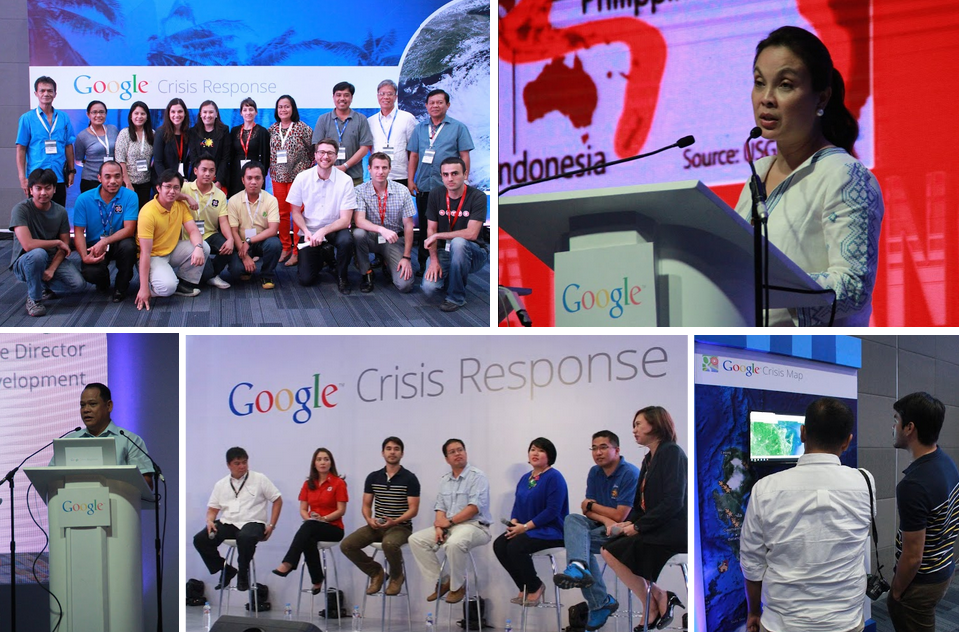Six months after
Typhoon Haiyan struck the Philippines, the devastation inflicted by the largest storm to make landfall in history is still evident in the hardest hit provinces. But true to their resilient nature, Filipinos have been working together to make progress on disaster preparedness and effective crisis response before the next natural catastrophe.
Local authorities, non-profit groups, community volunteers, and companies joined us at a Crisis Response Summit on Wednesday to exchange ideas on what stakeholders can do to work together more effectively before, during and after a natural disaster. Several engineers from Google’s Crisis Response team also ran a workshop on how to use some of the
crisis tools that we provide.
Senator Loren Legarda shared her
vision for improving the Philippines’ disaster preparedness, wherein risk prevention and reduction -- powered by technology -- are key. She also called on software developers to create applications that can help the public better understand possible risks such as landslides, flooding, and storm surges before they happen.

During Typhoon Haiyan, people across sectors came together to share useful information with the public. This made it possible for individuals to create innovative tools to aid the response effort. Solutions like Google Crisis Map and Person Finder were widely used by government agencies and relief organizations in the typhoon’s aftermath. Natural disasters are unexpected events that require us all to work together in unexpected ways, under stressful circumstances. With events like last week’s Crisis Response Summit, we hope to encourage pre-crisis coordination and communication so that technology can better complement the next relief effort.
Posted by Aileen Apolo, Outreach Program Manager, Google Southeast Asia
No comments :
Post a Comment